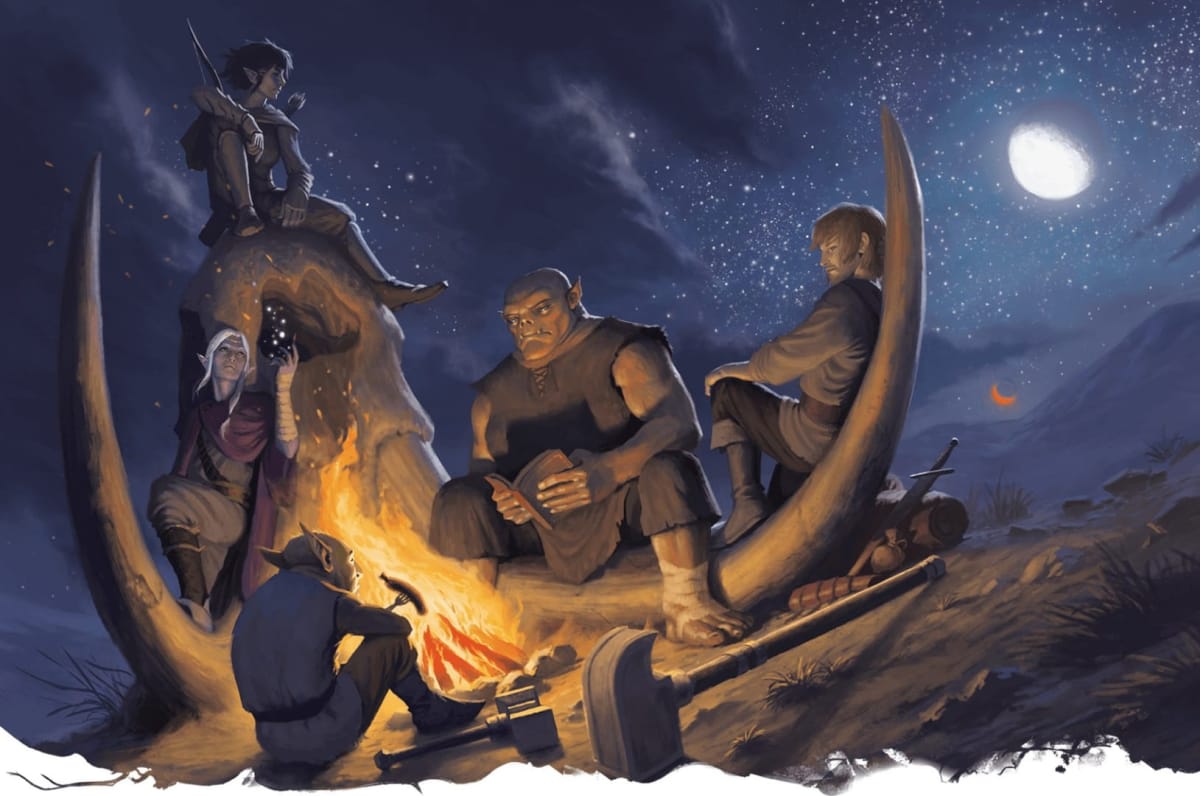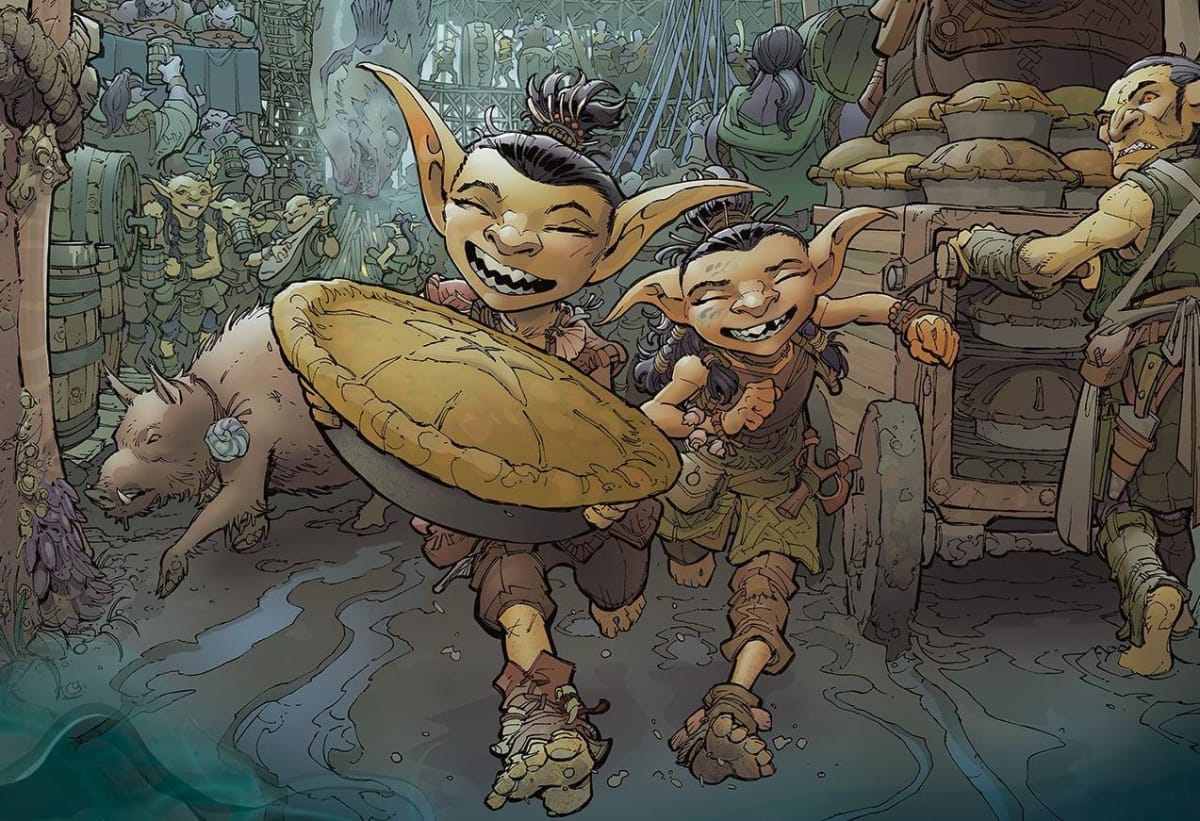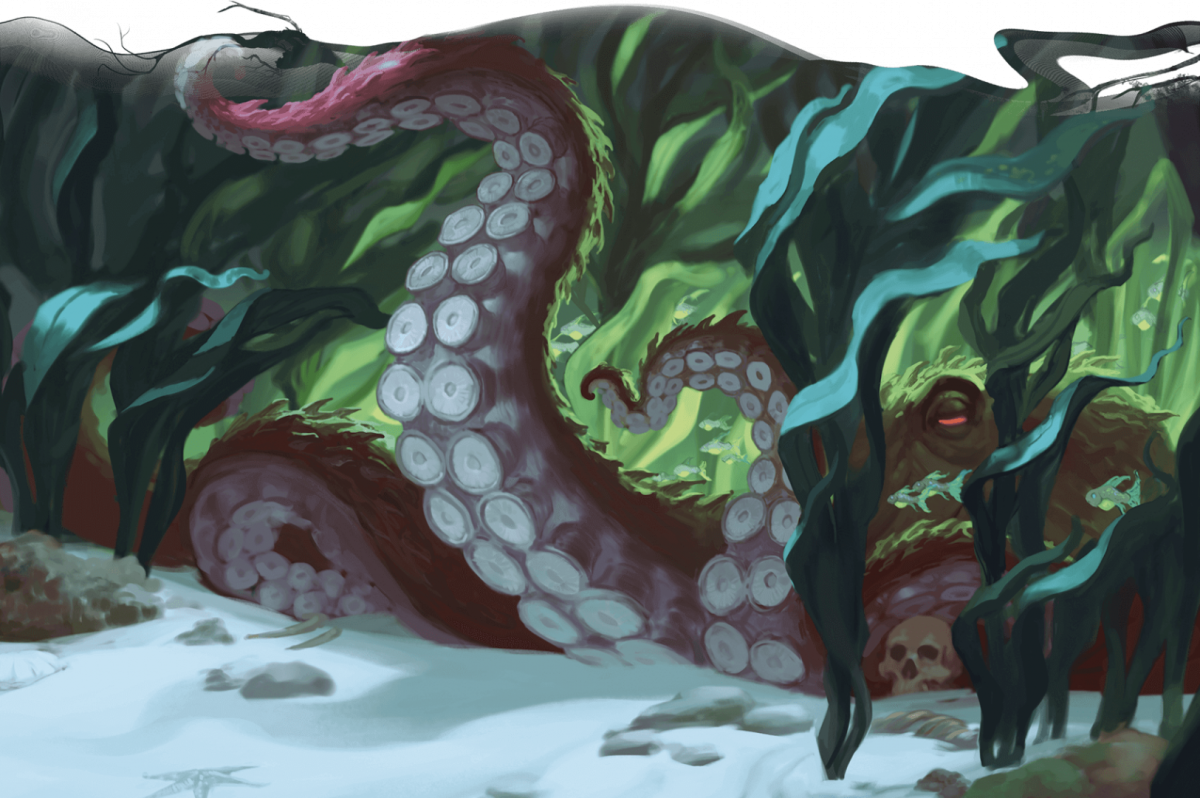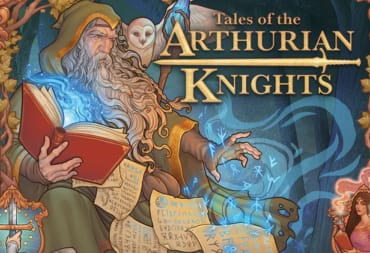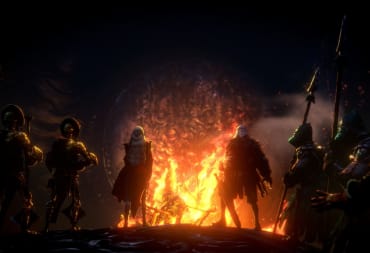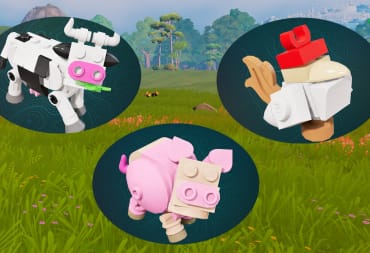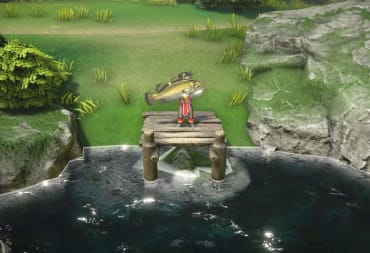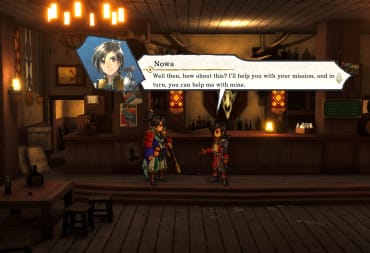A new adventure set in Dungeons & Dragons means so many things. There are new monsters to add to the 5e bestiary, a new adventure to take players to far off lands, and then returning feeling of there's way too much content to be able to get through. As an active DM, you might not always be able to start up a game, but that doesn't mean you can't look through for new inspiration of your own. That's why we've compiled this list of Critical Role: Call of the Netherdeep DM tips you'll want to know about for your own home games.
Your enemy doesn't always have to be some big bad
A fun concept that is used in Call of the Netherdeep is the idea of another party, run by the DM, that you'll have the players encounter at various points in their journey. These will be familiar NPCs to the player and how they're treated throughout the game reflects how their relationships change. In the book, there are three different stat blocks for each member as the party grows, and detailed descriptions of how to play those NPCs if the player party is kind to them, or if they've been openly hostile and antagonistic.
The creation of a party for your players to have friendly (or not so friendly) competition allows for a roaming party to still find a sense of familiarity. Creating a rival party for your own game can be very simple. Put together a few of the basic archetype characters, give each of them a simple enough goal, and then loosely place where in your story you might want them to show up again. Don't put too much effort into how those level 3 characters will look once they're level 9+, instead let the story shape them just as it would for a regular party of characters. For some of you forever DMs this might be one of the few chances you get to really play a character... let alone a party of them.
Make sure the players know how much they're growing
It's the job of the DM to always be pushing your party and challenging them. Bigger encounters, larger stakes, and more dangerous consequences. As the players forge through the world you've helped create for them if they're constantly the underdogs it can be difficult for them to realize how powerful they're becoming. In Critical Role: Call of the Netherdeep you encounter a number of carnivals, chances for players to experience simple games showing off their skills. When first attending a carnival at level 3 there may be successes as well as failures. Through leveling up, earning additional feats, and utilizing magical items revisiting this type of activity can show just how much more advanced the players are.
It's through revisiting a challenge that the players may have had issues with previously, and them being able to see how quickly they can overcome that challenge that will allow them to see their progress. If you were to apply this to a combat scenario where low-level players had trouble dealing with a Troll, you don't need to let them encounter a single troll and let them destroy it for them to get their kicks in, it can still be a challenging scenario. By adding similar monsters, or simply more of the same, players can look back in their adventure and see growth. If there's a particular encounter that the players were ill-equipt for and struggled through.
Check's don't always have to be about combat
An interesting trend that has come up in recent adventure book releases, such as the Wild Beyond the Witchlight and now Critical Role: Call of the Netherdeep, is that while low leveled, or at least in the introductory area of the campaign you're greeted with a series of skill-based challenges. With no consequence for failure, but some kind of slight magical boon on a success, it allows players to freely learn their character and get a bit of an idea of other characters too.
When first sitting down, or in Session Zero, you might go around the table and say what your race and class are but getting to see all of the characters line up for a sack throwing contest and having them interact in friendly competition allows you to begin forging the bonds of friendship between your characters, while also giving each other a sense of each other's abilities. Knowing that one team member was able to hit the target dead-on earlier in the game might help make the decision when a magical bow appears in some loot.
Early levels don't need to be as boring as you think
People don't normally like the idea of playing from level 1 as you're so limited in what you can do, even if it's typically only one or two sessions until you'll begin to level up the limited attacks and spells can make combat somewhat boring. A solution to this is by allowing your players access to weak single or multi-use magical items. In Critical Role: Call of the Neverdeep these are the Medals of Merit that players can obtain by completing tasks at the festival. These items might give you a 1-hour advantage on Strength checks before becoming non-magical, or grant temporary hitpoints. These aren't going to do anything to break your game, especially as they're limited use items but if used intelligently can be a good moment to turn the tides of battle, or progress through a challenge that they might not have normally been able to.
There are plenty of magical items that you can grant players that will allow them to do more narratively, such as the wand of smiles, that can just add some levity to play. Again it's not going to break any of your well-balanced combat encounters or allow them to upend the narrative, but it opens up a bit more variety for your characters.
Wow, that was a weird dream...
Another aspect of Matthew Mercer's storytelling style is how much he enjoys leaving players all kinds of cryptic clues within dreams. Pike speaking with her deity, or Yasha's conversations with The Storm Lord. These can be great moments to single players out for individual story progression, or to foreshadow some great danger. Through the Jewel of Three Prayers the party is able to establish a connection with the Apotheon, a being trapped in the Netherdeep. Throughout the campaign, the players get visions from this being drawing them towards him.
You can use this in your own game in a number of ways, any religious characters might hear words from their deity, a Warlock's Patron, or even a Sending spell from a friendly or antagonistic NPC. Roleplaying character Deitys can be difficult, in my personal experience less seems to be more, this can give you as a DM a place to nudge the party whether you feel it's because they're somewhat discouraged by current events or are a little bit without direction.
The illusion of choice can still feel like a choice
The start and end of Call of the Netherdeep might be the same, but the journey you take will routinely split away and come back together. As early as chapter 2 depending on whether a Vestige of Divergence is in the hands of the party or not they might not be approached by a certain NPC with important plot information. Luckily there's always another way to find progress. It would be easy enough to have the players approached by the NPC regardless, but by creating even a slight level of separation it gives the players the idea that there's a lot more going on in the world than they think.
When creating a scenario for a player to obtain something, or gain an important piece of knowledge/access to a place it's always worth trying to create two or three ways for them to reach that mark. It might be more frustrating in the planning stage to come up with further NPCs or locations to drive the player adventure but it will reduce any chance of a player feeling railroaded and will allow you to not need to worry about "steering" the players at all while playing. It's a best of both worlds kind of situation. If you aren't sure of diversifying the story and how that might look, or would want help building together factions Waterdeep: Dragon Heist has a plethora of city factions and groups in Chapter 2 that can be reshaped for almost any scenario.
Combat in water
We know combat, flying combat, and even seafaring combat but Call of the Netherdeep introduces us to combat within the water. How far can your players see is important to know when you get to the Netherdeep, a realm of water. As a DM you can have peace at your table as you say "You enter a dark underwater cave" and no one can shout out "I have water vision!" The biggest issue here is that it informs players how their sight might be affected, but nothing more for combat. You might need to puzzle around with it yourself, but building underwater combat where melee and ranged weapons are differently affected, and how things like fire magic might come into play.
Poisoning Effects and additive effects
In Dungeons and Dragons a lot of effects are binary, you either have no effect or you have all of them. The one exception to this is the sliding scale of Exhaustion where players can get more and more exhausted which will stack additional negative effects on the party. In Call of the Netherdeep, there is a radioactive element known as Ruidium that when interacted with by the player can infect and begin to debilitate them. While the actual effects of the Rubidium can be pretty scary, at first level manifesting as a rash, while at fourth level will become spurs of crystals gathering on the skin of the character, this concept can be applied to a number of different things.
Spells could be made to have compounding effects adding further depth and offering opportunities for repeated castings doing more damage or affecting characters further, you could also obtain a magical item that has increased positive effects over time or with some other criteria to add additional boons. Perhaps the player needs to make a daily Constitution check to see if they remain in control of the evolving effect, or if it weakens if they don't have any Spell slots by the end of the day? These kinds of effects certainly add a layer of complication, but can also spice up player effects.
There are a lot of interesting stories and mechanical beats in Critical Role: Call of the Netherdeep, while we've only picked a few to highlight here it's well worth checking out the rest of the book in Critical Role's first D&D Adventure Book. Want more DM Tips to add to your repertoire? We've got you covered:
Have a tip, or want to point out something we missed? Leave a Comment or e-mail us at tips@techraptor.net
